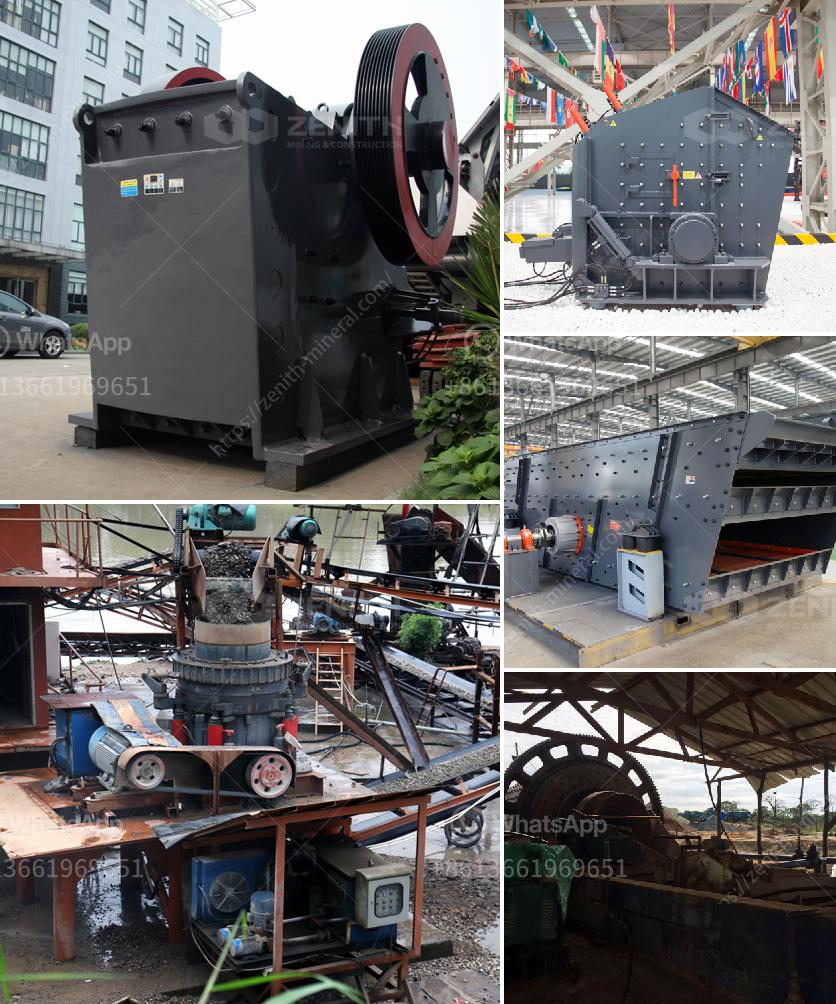A vertical raw mill, also known as a vertical roller mill, is primarily used in the cement industry for grinding raw materials into a fine powder. Here's a basic overview of how it operates:
Feeding: The raw materials are fed into the vertical raw mill. This is typically done via a feeding system that ensures consistent and uniform flow to the grinding table.
Grinding: The raw materials are ground between the rotating grinding table and the rollers. The grinding table, located horizontally, rotates around a vertical axis, while the rollers are pressed against it. This grinding action is primarily achieved through the combination of pressure and shear forces.
Classification: The ground material is simultaneously lifted by a strong air current, which is generated by a fan. As this material is lifted, it passes through a classifier at the top of the mill. The classifier sorts the particles by size: finer particles are carried upwards and out of the mill to be further processed or stored, while coarser particles fall back onto the grinding table for further grinding.
Collection: The fine powder that exits the mill is collected via a system of cyclones and filters, ensuring that dust emissions are minimized and that the product is as finely ground as required.
Adjustments and Control: Operators can adjust various parameters like the pressure of the grinding rollers, the rotational speed of the grinding table, and the airflow, to optimize the grinding process. Modern vertical mills are typically equipped with advanced control systems to ensure consistent quality and efficient operation.
The key advantages of a vertical raw mill include energy efficiency, reduced wear and tear, and the ability to handle varying material characteristics and moisture levels more effectively than traditional ball mills.

